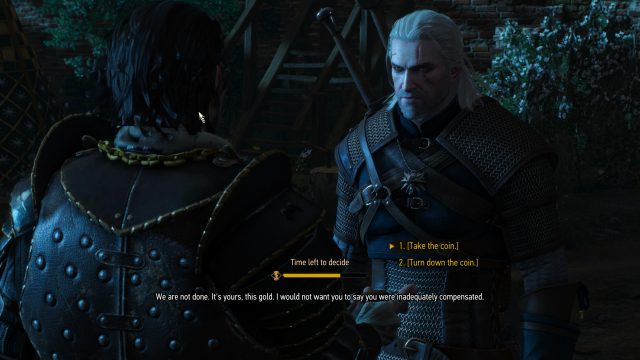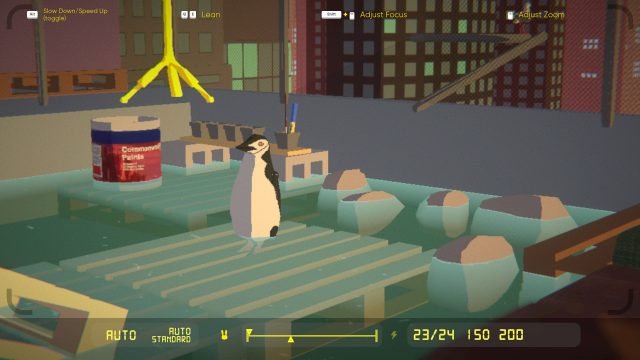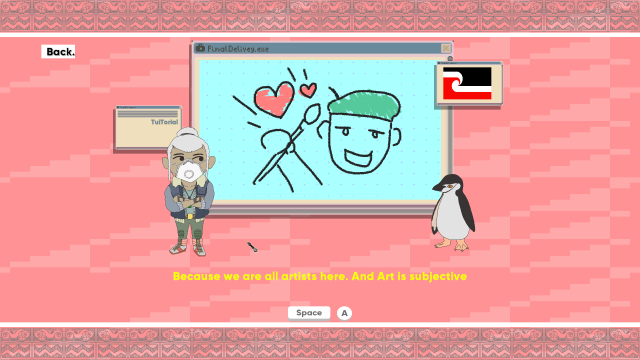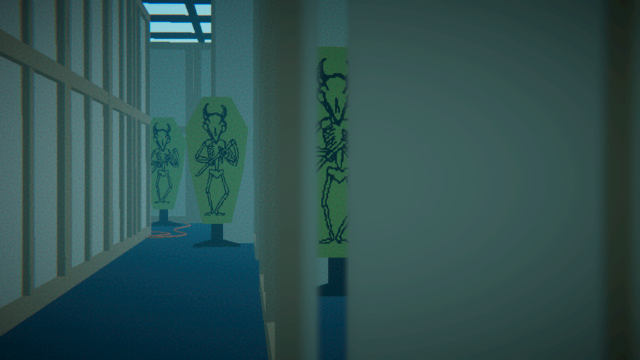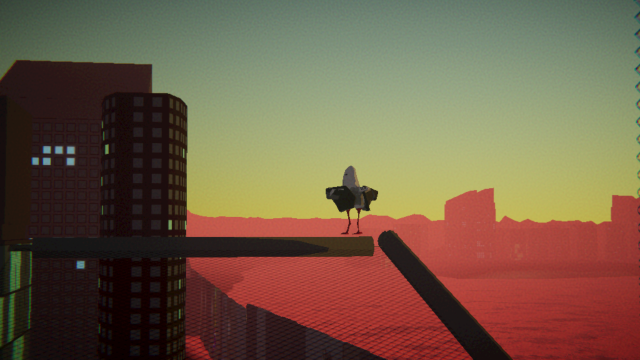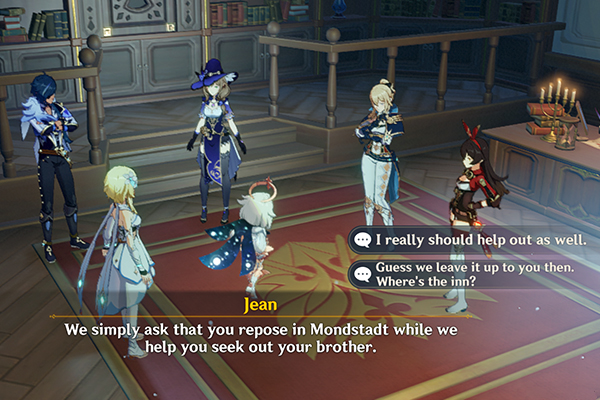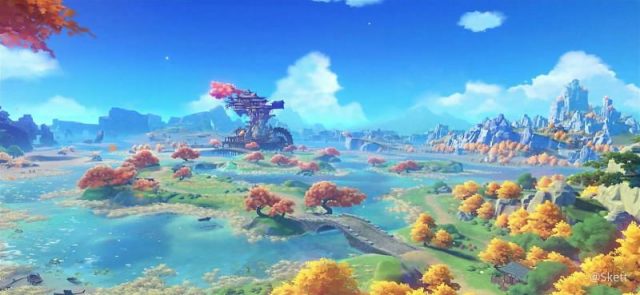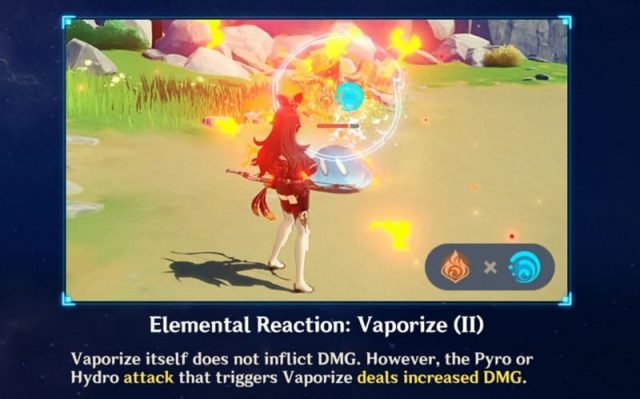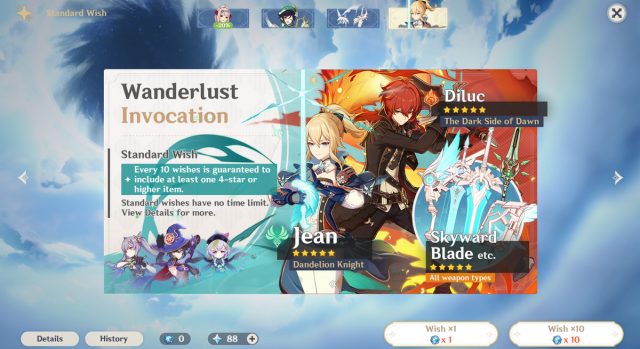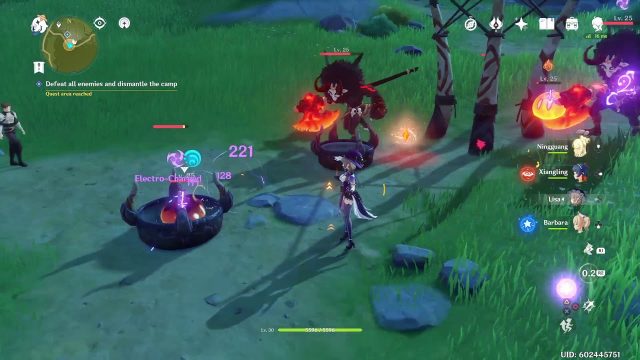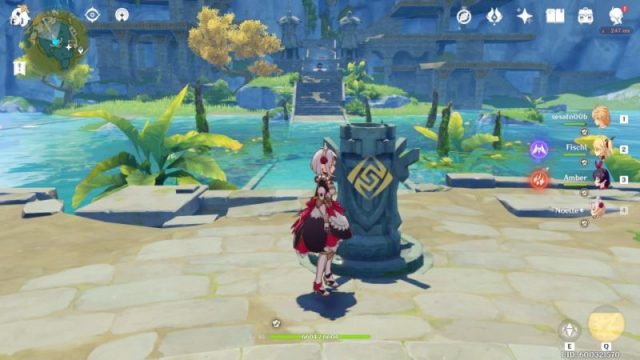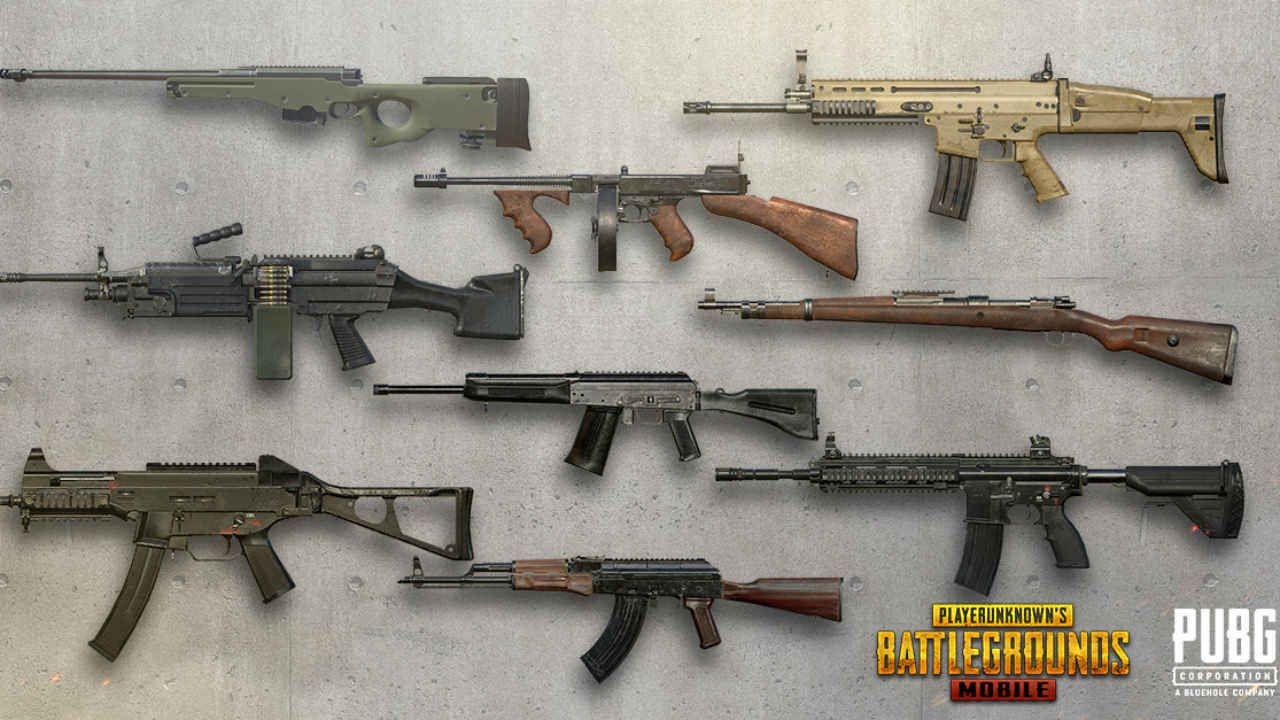Website Link: https://thewitcher.com/en/witcher3
The Witcher 3: Wild Hunt is an action role-playing game developed by Polish developer CD Projekt Red, and first published in 2015. It is the sequel to the 2011 game The Witcher 2: Assassins of Kings and the third and final main game in The Witcher video game series played in an open world with a third-person perspective. The games are based on The Witcher series of fantasy novels written by Andrzej Sapkowski.
Lens 1: Essential Experience
Essential Experience 1: Storytelling
The immersive storyline. This is one of the reasons why Witcher 3 is always one of the games on my top recommendation list. In this game, every quest and mission felt carefully designed and tells a unique story. Even for some random side quest or a “collect items” contract, there is a story behind it to be discovered and doesn’t feel repetitive. Other than the common dialogue-styled storytelling, there is also a rich amount of artefacts, scriptures, history books and monuments to read and understand how this world was like in the past. In addition, players do not just simply follow the story as it is, they get to make decisions and choices in the game that determines how they want the story to end. This makes the storytelling of the game even more immersive as the players get to “live” the story instead of simply “listening” to it.
Essential Experience 2: Immersive Open-World Exploration
Though the open-world concept is becoming a common staple in the triple-A industry, there is something unique about Witcher 3’s open-world experience that differs from many out there. One of the key differences is the NPCs. In Witcher 3, every NPC carries their unique dialogue with the players (Most of the time 🤡). In addition, if my memory serves me correctly, I seldom met any NPCs with the identical appearance in the same setting before. This makes every interaction with the NPCs truly special and makes the overall impression of the game more engaging.
Besides the NPC design, the overall environmental and audio design has also elevated the game’s immersiveness. For example, when the wind blows, the players could actually hear the leaves rustling. (Sometimes, I will just pause my quest in the game and stop somewhere just to enjoy the syntactic scenery ⛰️)
Lens 2 & Lens 3: Surprise & Fun
Though I’ve been playing this game for more than over 60 hours (mostly during NS 🤡), completing all available main and side quests, I’ve never felt a single sense of boredom. There are so many interesting game mechanics that come into play to provide a unique combat system. Brewing of potions, the enchanting of swords, the preparing of bombs/traps, the use of elemental powers, etc. Each mechanic offers its own sets of excitement and surprises. For example, when upgrading Geralt’s sword mastery, the player gets to unlock more dynamic sword combos that can inflict more damage to the enemy. This happens with Geralt’s elemental power mastery as well, providing him with more tricks up his sleeves. This offers lots of fun and surprises as the game advances with players unlocking more and more cool features of Geralt.
Lens 4: Curiosity
Being an open-world game with its massive map, Witcher 3 does spark the curiosity in me to explore all bits and pieces of the game. For example, secret chests are hidden all around the map. In shipwrecks, dungeons, city sewers, secret rooms, caves, riverbeds and palaces, etc. The harder the place to get to, the rarer the contents in the chests. Very often, I find myself distracted from the main quest, just to explore the “?” marked on the mini-map, wondering what items could be found. In addition, these places are usually filled with some explorable background stories, which further attracts me to explore these places to find out about their history in the game.
Lens 5: Endogenous Value
Crafting mechanics is another feature that brings great satisfaction when I was playing the game. As there are many armour and weapons that can be crafted, it motivates the players to track down the materials required to craft them and finally to unlock and try them out. It is also kind of cool and exciting when players get to see their Geralt being equipped with more and more badass gears, like a token of achievement or a symbol of growth.
Lens 6: Problem Solving
Witcher 3 was one of those games that I actually pay full attention to the dialogues and in-game quest instructions. This is because this game is embedded with so many riddles and puzzles to be solved in the context of the story. In addition, these are not just some simple and repetitive puzzles that require you to perform the same few steps. Some of them are rather hard and require some logic, linguistic and detective skills, which makes the game even more challenging and fun. It also brings more dynamicity to the game such that it is more than just a simple “slash-you-out” type of game.
Speaking of problem-solving, how can the players forget about the famous Gwent! Gwent is definitely one of the features in the game that grinds our brain juice, especially when there are many mechanics involved and tough in-game AIs to defeat. It is truly amazing that CD Projekt Red designed and built a totally independable game within the already super packed Witcher 3 🤩
Lens 7: Elemental Tetrad
Mechanics
A very complex system combined with many interesting game mechanics. Listing a few: House racing, monster hunting, detective vision, solving riddles, equipment crafting, skill trees, elemental powers and dynamic storyline progression, etc.
Story
The game takes place in a fictional fantasy world based on Slavic mythology. Players control Geralt of Rivia, a monster slayer for hire known as a Witcher, and search for his adopted daughter, who is on the run from the otherworldly Wild Hunt. Players battle the game’s many dangers with weapons and magic, interact with non-player characters, and complete quests to acquire experience points and gold, which are used to increase Geralt’s abilities and purchase equipment. The game’s story has three possible endings, determined by the player’s choices at key points in the narrative.
Aesthetics
Breathtaking AAA Open World Graphics, with ultra-detailed character design and immersive sound effects; Unique and impressive architectures and environment styling that brings about a realistic fantasy world;
Technology
The Witcher 3: Wild Hunt was created with the REDengine 3, CD Projekt Red’s proprietary game engine designed for nonlinear role-playing video games set in open-world environments, aided by the PlayStation 4 and Xbox One consoles and prepared for use in October 2014.
REDengine 3 was designed to run exclusively on a 64-bit software platform. CD Projekt Red created REDengine 3 for the purpose of developing open-world video game environments. It introduces improvements to facial and other animations. Lighting effects no longer suffer from reduced contrast ratio. REDengine 3 also supports volumetric effects enabling advanced rendering of clouds, mist, fog, smoke, and other particle effects. There is also support for high-resolution textures and mapping, as well as dynamic physics and an advanced dialogue lip-syncing system.
REDengine 3 has a flexible renderer prepared for deferred or forward+ rendering pipelines. The result is a wide array of cinematic effects, including bokeh depth-of-view, colour grading and lens flares associated with multiple lighting. The terrain system in REDengine 3 uses tessellation and layers of varying material, which can then be easily blended.
Conclusion
Though this blog post is mostly praising the Witcher 3, drafting this blog post has actually taught me to appreciate a good game through different points of view. It has also taught me what we should look out for in the different lenses when it comes to designing our own games.

